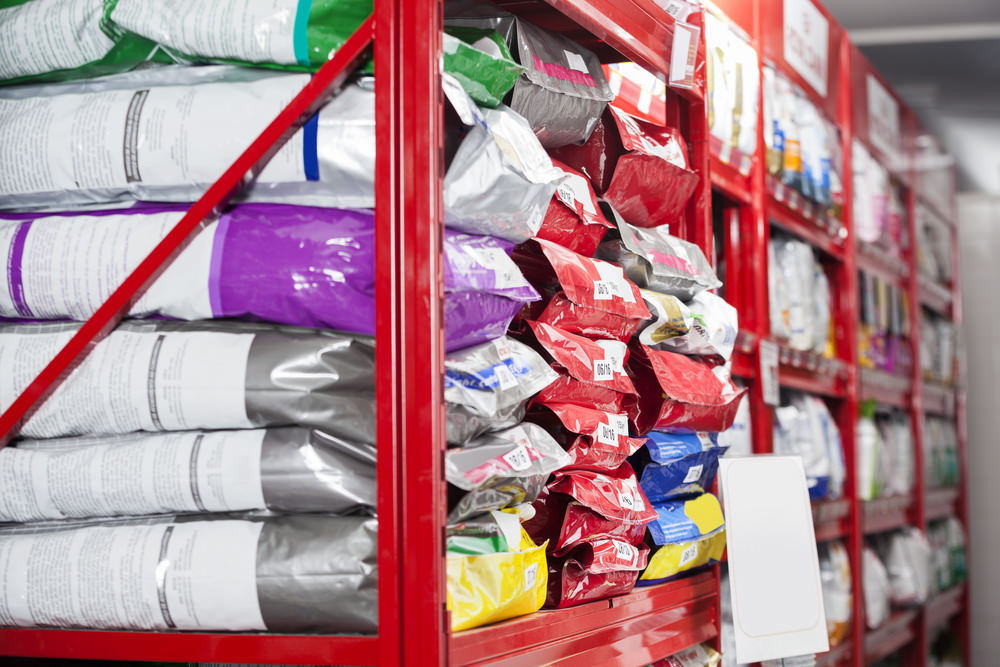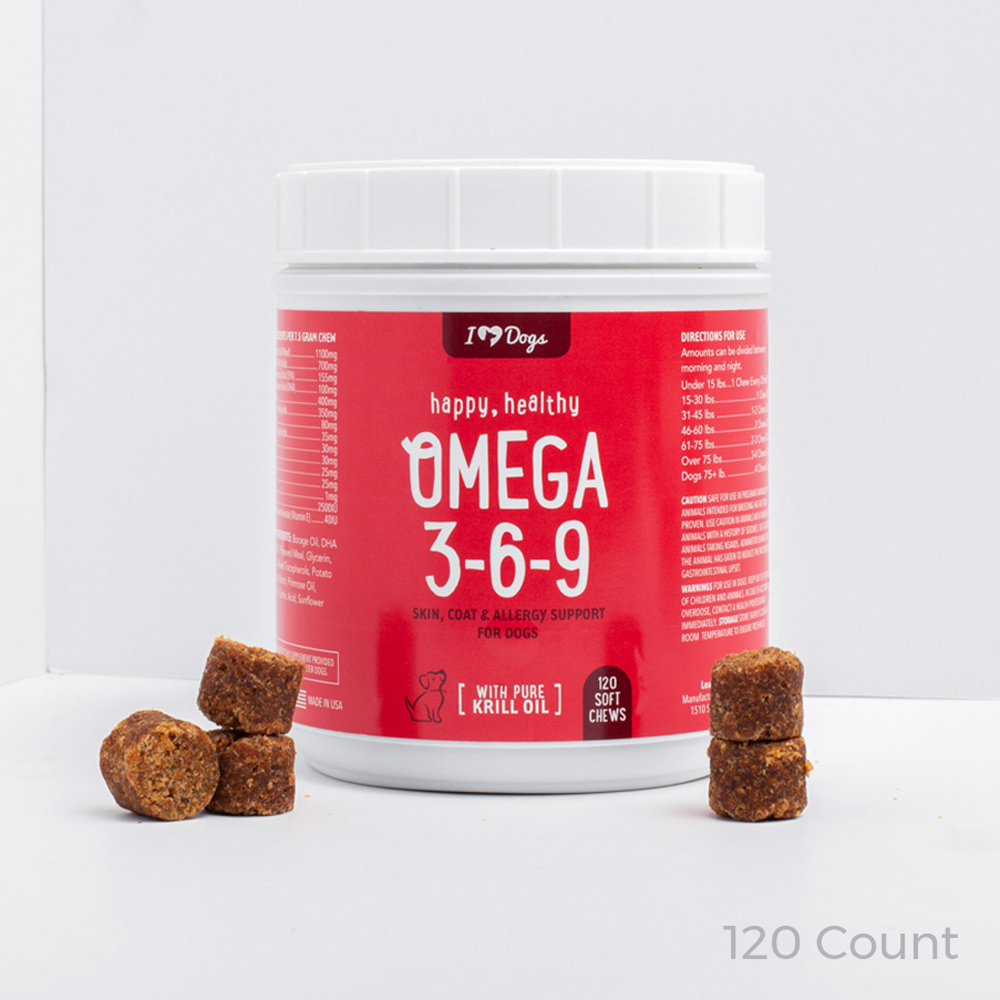Most of us are now beginning to understand the benefits of Omega-3 Fatty Acids in both our diets, and the diets of our pets.
However, did you know that Omega-3 fatty acids are highly susceptible to heat, and when dog food is cooked or processed the extreme heat renders most Omega’s biologically unavailable? That means your dog is not receiving any of the benefits – and could be suffering because of it.
Many dry dog food brands claim to contain Omega-3 fatty acids. And while they do put them in the formula prior to processing, it’s very questionable as to whether it truly benefits your dog by the time they consume it. In addition to being very susceptible to heat, Omega-3 fatty acids in kibble have a high likelihood of becoming rancid by the time your dog consumes it.

Related: The 10 Best Fish Oil Supplements for Dogs
There’s a reason they are called essential fatty acids. Just like humans, they are vital to the health of our dogs. Here are some warning signs that your dog may not be getting enough essential fatty acids in their diet.
Common Signs of Omega-3 Deficiency
• Hair loss/excessive shedding
• Dry, flakey skin
• Ear infections
• Hot spots
• Excessive itching
• Coat issues
Fortunately, there are several ways to make sure your fury friend gets all the Omega-3’s they need.
- Raw diets – unprocessed, raw foods, such as salmon, are loaded with Omega-3’s. While some vets and dogs owners love this healthy approach to feeding, there are some questions about whether or not the nutrients are balanced. While this approach appears beneficial, it’s difficult to make sure your dog is getting all the vitamins and minerals needed for optimal health. Not to mention, this approach can be very costly.
- Omega pills – These can be very helpful when trying to ensure a healthy amount of Omega-3’s in your dog’s diet. However, not all supplements are created equal. Some supplements derive the majority of their Omega’s from larger fish, such as salmon. Here’s the problem – because salmon and other Omega-3-rich fish are higher up the food chain, they are prone to having higher levels of mercury, lead and other toxins. Not good. Oh, and I forgot to mention the smell. I tried hiding these potent pills in the kibble. LOL! I’m guessing your dogs are like mine. They could sniff out that stench if I dipped it in chocolate, wrapped it in bacon, fried it and served it with a ranch dipping sauce. Not happening.
- Omega-3 soft chews – These are much like pills, but dogs seem to enjoy them more than the pills that need to be swallowed. Just like the pills, however, you still need to be careful about the ingredients. We recommend our Happy, Healthy Omega-3-6-9 Select soft chews. I like these because they’re made from krill, which have some the highest concentrations of Omega’s of any marine animal. Also, because these are small organisms with a shorter lifespan, they don’t contain the high level of toxins like other sources, such as large fish. Plus, each purchase of Omega-3-6-9 Select chews provides meals for shelter dogs. Oh, and they’re tasty. I mean, I haven’t tried one, but my dogs seem to like the taste. I’ll leave it up to you to confirm this for yourselves.
Do What’s Best for Your Dog!
The bottom line…we all want what’s best for our dogs. What works for me may not work for you. However, making sure our dogs live long healthy, happy lives is all that matters. Ensuring your dog gets a healthy dose of Omega-3 fatty acids is a key piece of the puzzle.
These statements have not been evaluated by the Food and Drug Administration. This product is not intended to diagnose, treat, cure, or prevent any disease. The information on this website is not intended to replace a one-on-one relationship with a qualified health care professional.

 Toledo, United States.
Toledo, United States.